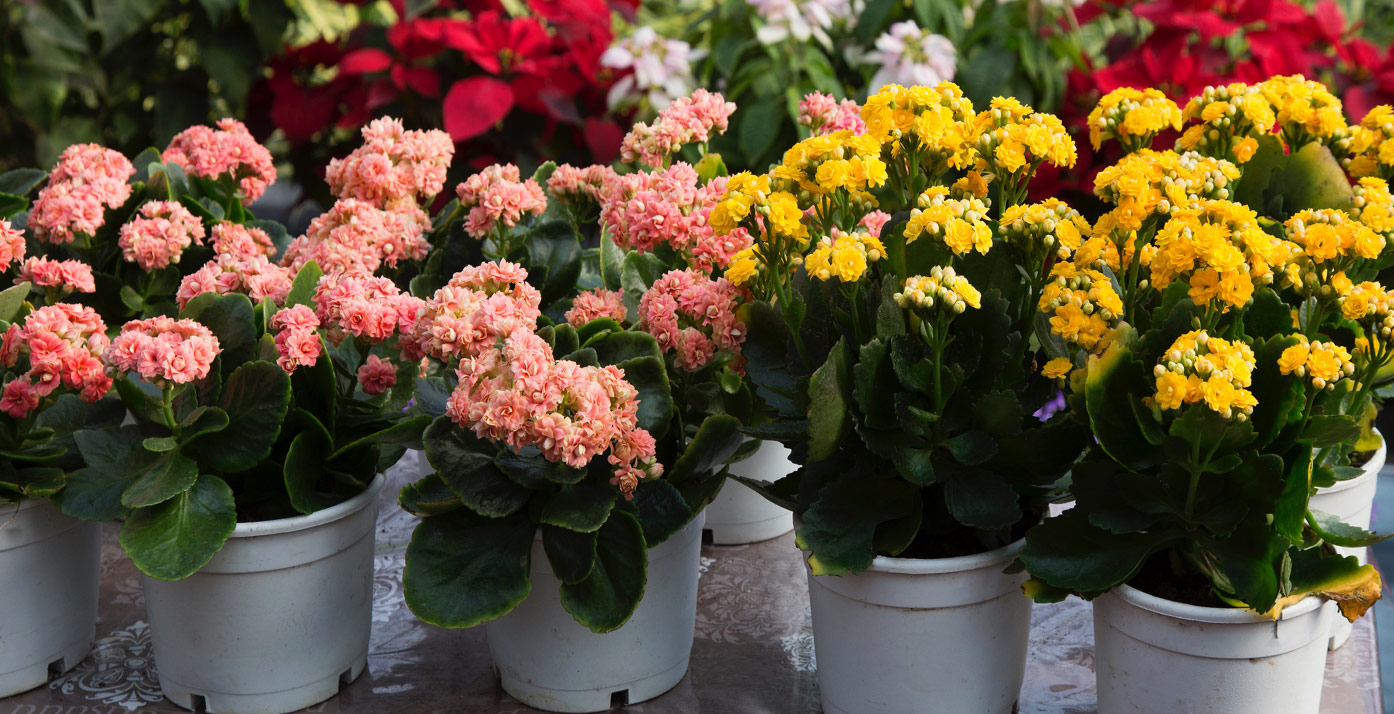This website uses cookies so that we can provide you with the best user experience possible. Cookie information is stored in your browser and performs functions such as recognizing you when you return to our website and helping our team to understand which sections of the website are the most popular and useful.
Cool Crops for Chilly Days: How to Plant a Fall Garden, Part 1

Summer’s oppressive heat is a distant memory. And while it’s time to stow the swimsuits in favor of sweaters, don’t put your garden to bed yet.
Living in our region, now’s the perfect time to plant a fall garden. Cool season crops offer dozens of options for healthy eating as days shorten and temperatures dip.
Why Plant a Fall Garden?
From Swiss chard’s rainbow of colors to the fabulous foliage of Tuscan kale, cool weather crops provide dual benefits, offering ornamental beauty in the landscape while also reducing your grocery bills.
Instead of planting traditional fall mums, which produce a short-lived season of color, plant a rainbow of delicious, edible colors and textures that add long-lasting interest to your landscape—and provide the ultimate locavore feast.
What to Grow
“When I think of fall, I think of greens,” says Clemson University Extension agent Cory Tanner. “The gradually cooling weather is perfect for these leafy vegetables. I love the traditional southern options, including turnip greens, cabbage, and collards, but I always make room for the Asian greens, too. They come in a great variety of colors, textures, and flavors and can be eaten fresh in salad mixes when young or braised, stir-fried, or added to soups.”
When selecting cool season vegetables to grow, you have several options: purchase young plants at your local garden center, or start the plants from seed.
While seed starting is the most economical choice, a combination of the two options might be ideal. Some plants, like broccoli, cauliflower, and Brussels sprouts, require a longer growing period to harvest, while others, like arugula, lettuce, and radishes, grow quickly in our climate.
For crops with a longer maturity time, transplants can be a time-saving option. Also consider that some vegetables, like carrots, peas, and spinach, dislike transplanting and perform better if directly sown in the garden.
It’s important to note when the first frost is slated to arrive in your area. Once you know your expected first frost date, review “Days to Maturity” on the seed pack and count backwards from the frost date to determine when to plant your seeds.
Check out more advice in Part 2 of the series.



